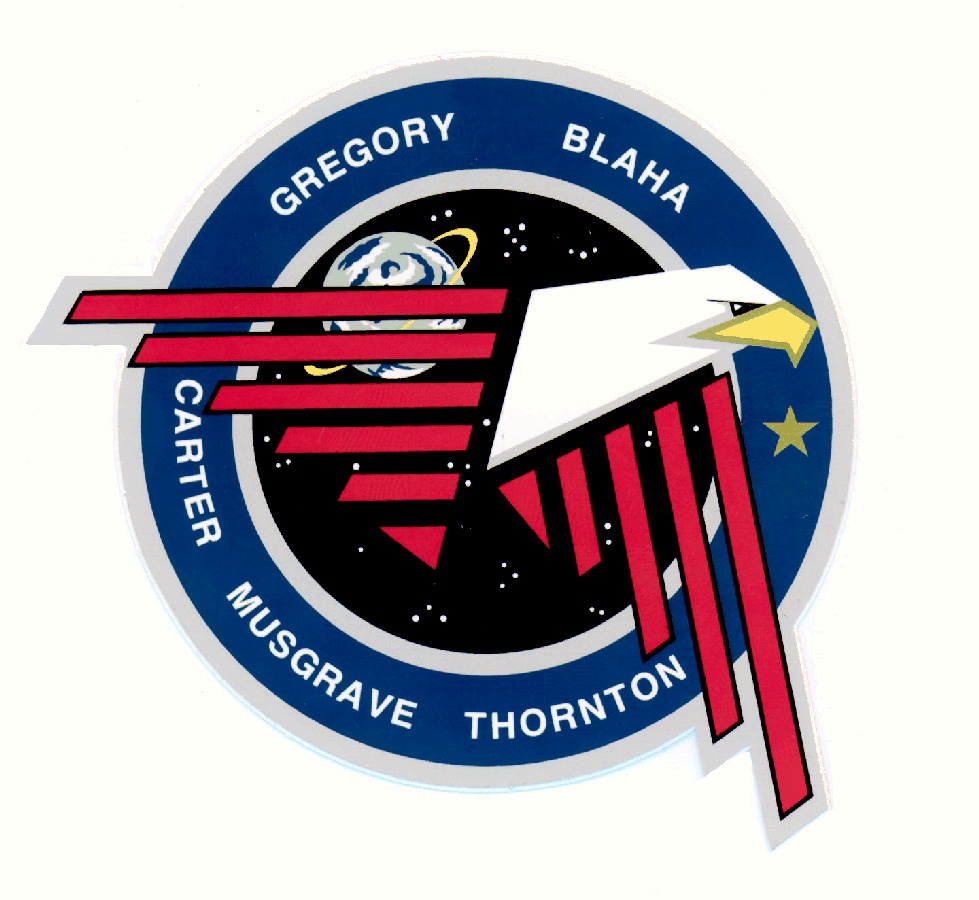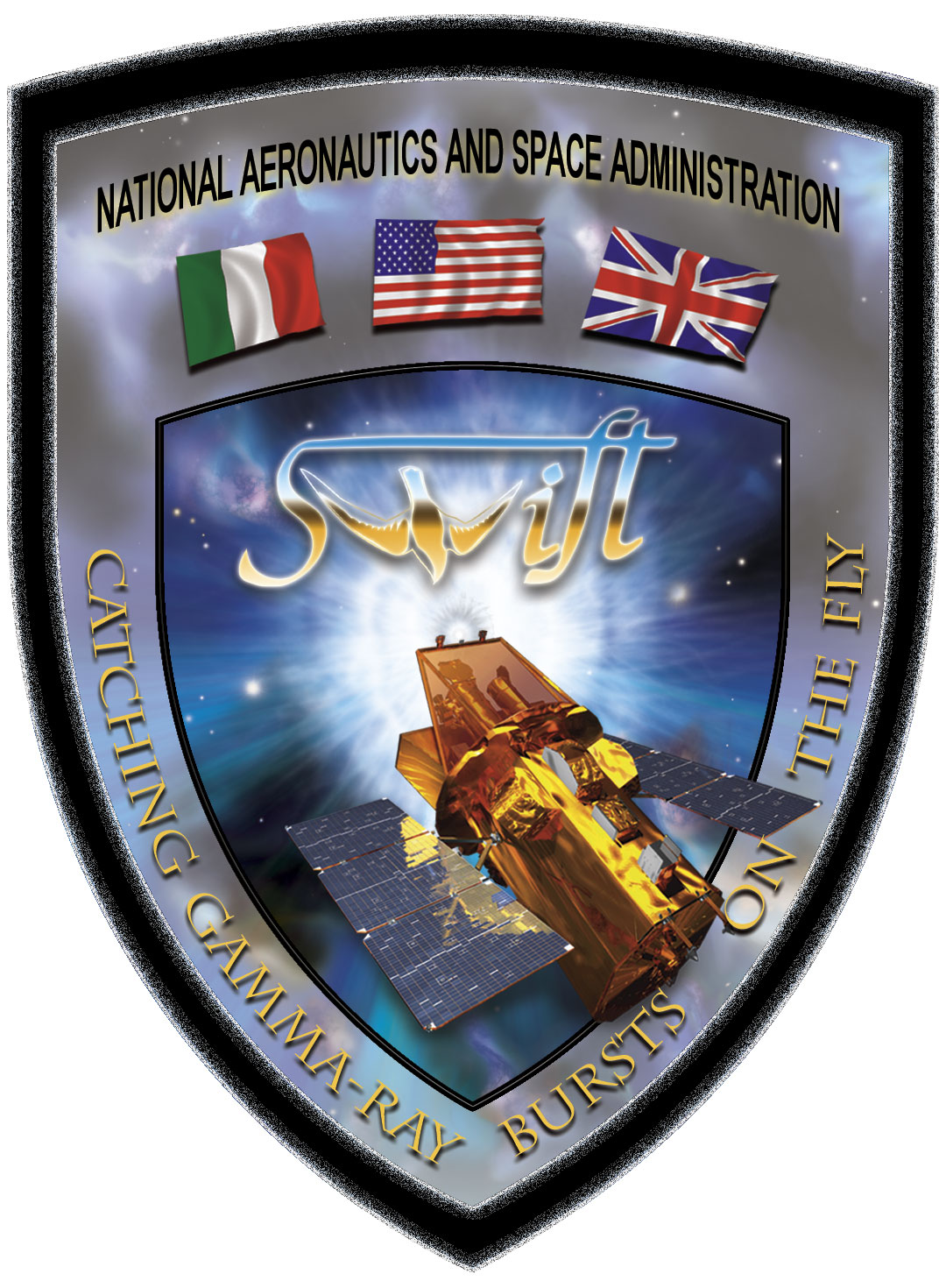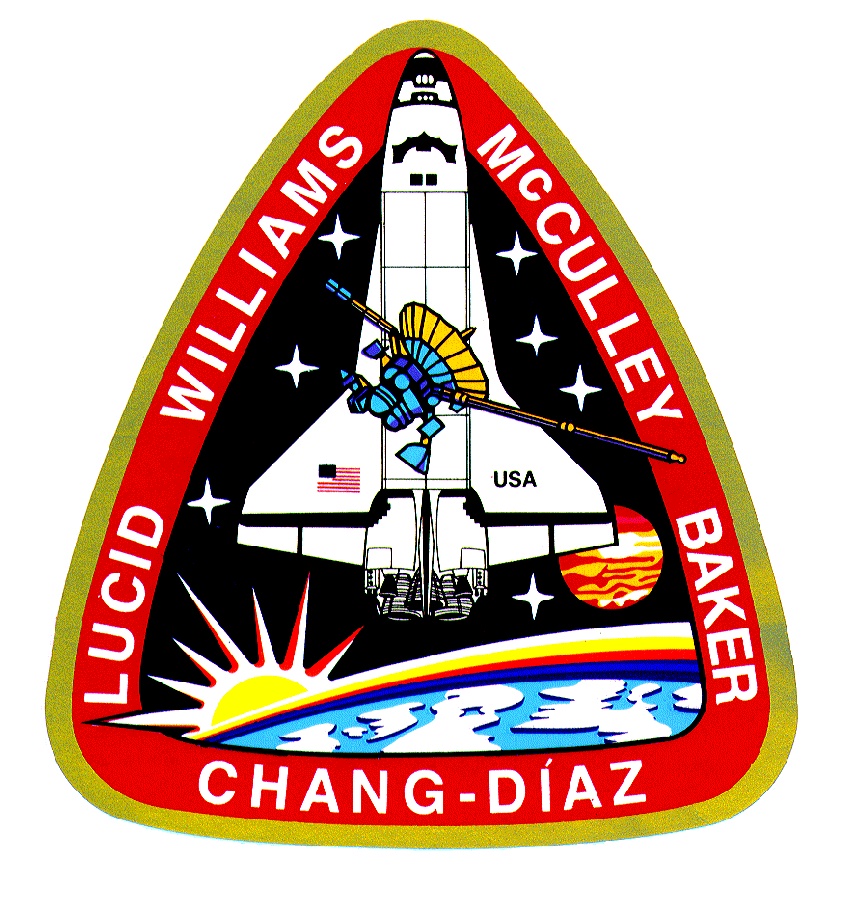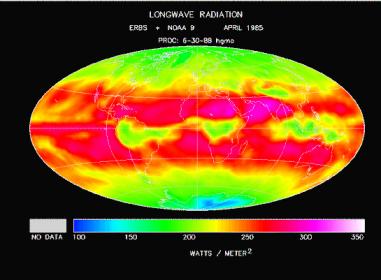Twenty years ago yesterday — November 22, 1989 — astronauts Frederick D. Gregory, John E. Blaha, Kathyrn C. Thornton, F. Story Musgrave, and Manley L Carter, Jr., lifted off from the Kennedy Space Center aboard Space Shuttle Discovery on mission STS-33.*

(STS-33 mission patch. NASA image. Click to enlarge.)
STS-33 was a classified Department of Defense mission, and one of the four shuttle missions I worked as part of the Air Force Flight Test Center’s Space Shuttle Recovery Team. Edwards AFB was the “abort once-around” recovery site, so we were in place (at the fire department) several hours before the launch in case the shuttle had to land right after liftoff. We also stayed on standby the entire time the shuttle was in orbit. And since this shuttle landed at Edwards AFB on November 27, we rolled out to meet the vehicle, parked right off the nose of the orbiter while NASA checked it out and the crew disembarked, and escorted the shuttle down the flightline to NASA-Dryden.
That was a fun job….
___
*Editor’s note: One NASA site had this launch listed for November 23, but it looks as if that was wrong. I think that may be when the crew actually deployed the classified satellite.

















